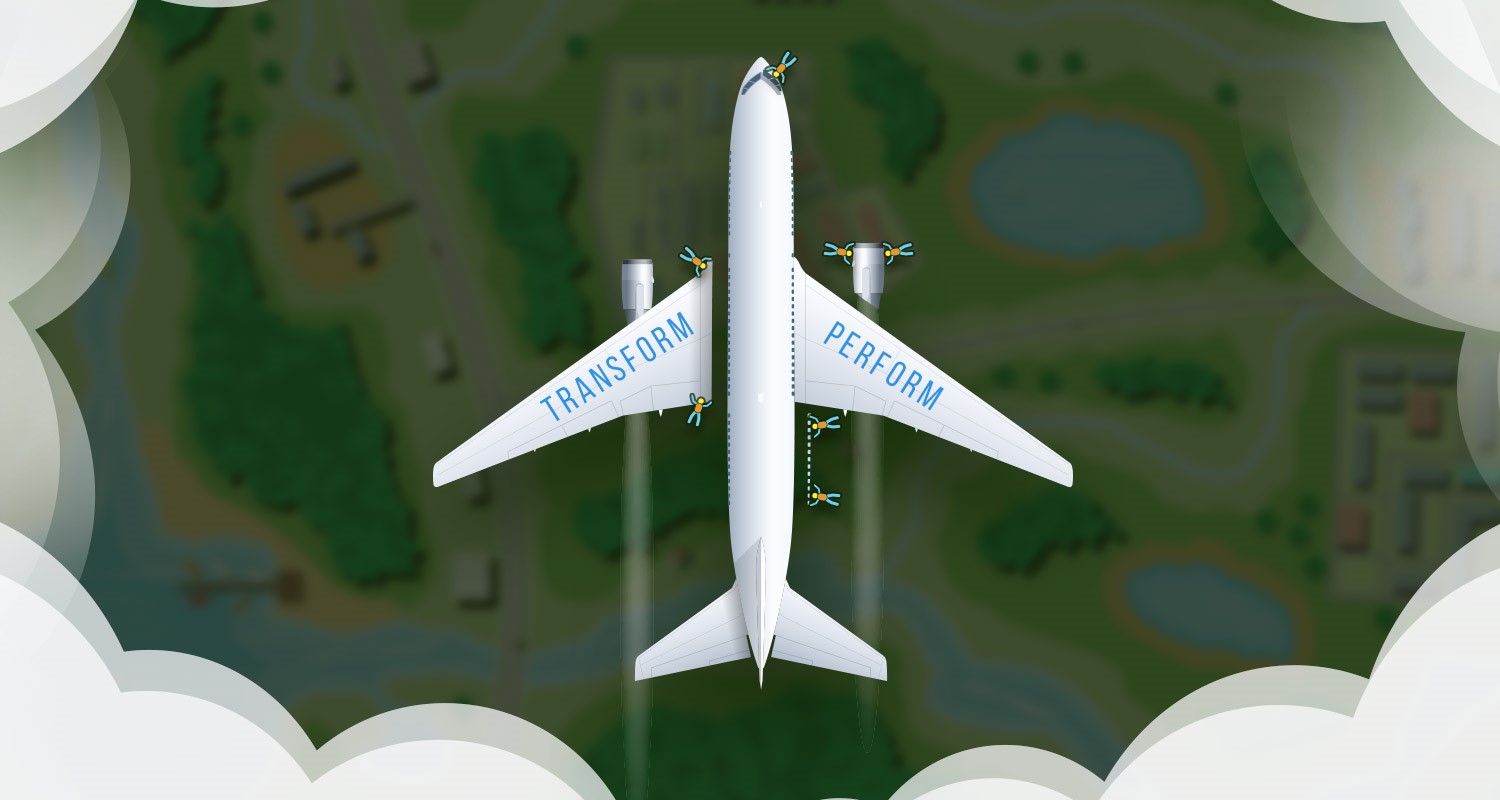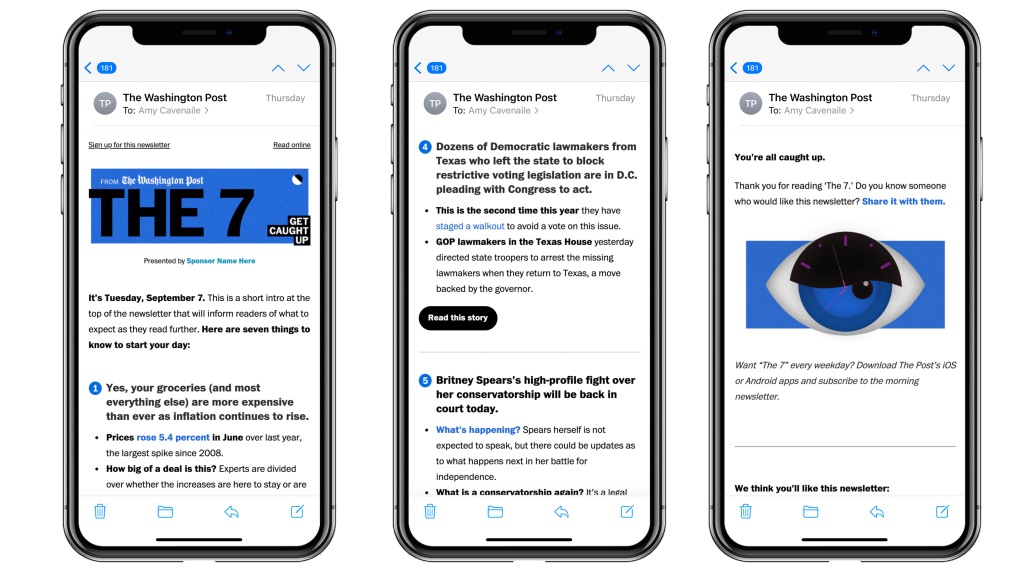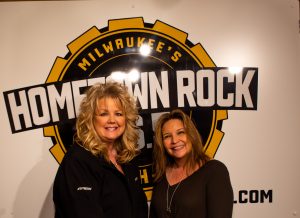
Over the last couple of days, this blog has looked at broadcast radio’s digital transformation through different lenses. On Monday, the theme revolved around the need for the industry’s CEOs to take a lead role in driving their company’s digital initiatives. Yesterday, the discussion focused on the imperative for radio to build and carve out a more robust mobile strategy.
Each of these themes is about building stuff – new products, new services, new content, new divisions, and even new companies. At a time when the ominous winds of recession are swirling around and earnings are generally tepid, the idea of creating bright shiny new things that can rapidly generate revenue is an attractive scenario.
Unfortunately, it often looks like an easier task in theory than it is in reality. “Making things” is exciting, but many companies lack the muscle memory necessary to conceptualize, design, build, and market new products. And while consumers crave “what’s new,” we’ve learned during the past several decades they often default to nostalgia. It reached the epitome during the pandemic, and we’re still seeing the byproducts – reboots, prequels, sequels, reruns, revivals, cover songs, tribute bands. They’re all cut from the same cloth.
No, making something new, original ,and novel is no easy task. All the same, many radio companies have been hard-pressed to actually pull it off. In many cases, it’s been years, even decades since their companies, stations, and brands were built, often by the industry’s pioneers in the 50’s or 60’s. In order to build their empires, they bought land, erected towers, purchased transmitters and equipment, hired staffers, and clawed their way to making radio products their friends and neighbors enjoyed and Main Street advertisers trusted. It was a radio business that is now long, long ago and far, far away.
Most of us working in radio today cannot imagine what it was like. On the one hand, these bootstrap entrepreneurs were swimming in blue oceans where there was money to be made by those who worked hard, were smart, and in were more than a little lucky. But like today’s visionaries who wonder whether crypto and the metaverse will truly turn out to be “the next big things,” those fledgling old school broadcasters likely encountered naysayers who encouraged them to get real jobs in stable fields.
 Today’s broadcasters are facing different challenges. But the course is just as arduous. They’re tasked with achieving quarterly success while innovating new businesses and products at the same time. That means having to perform while transforming.
Today’s broadcasters are facing different challenges. But the course is just as arduous. They’re tasked with achieving quarterly success while innovating new businesses and products at the same time. That means having to perform while transforming.
You’ve no doubt heard the phrase, “Trying to fix the plane while it’s flying at 35,000 feet.” Or perhaps better put, trying to retrofit the product to get it up to today’s demanding standards.
That’s the task at hand for many running today’s radio companies. In many ways, it is easier to launch a fresh new startup than it is to jumpstart an incumbent company trying to navigate difficult times.
In our strategic planning with broadcasters of all types, more and more are clear-eyed about building new assets. Note that I didn’t specify “digital,” because new initiatives could be focused on anything – merch, events, festivals. But that doesn’t make it any easier to pull off.
Building brands is hard work. Attracting audiences (customers, followers, subscribers, fans, buyers) isn’t an easy task either. And monetization? It usually requires a product or service that has proved itself over time. And in this cluttered world in which we live and compete, it has become even more difficult to accomplish these task with diminishing resources.

So when I ran into a great article in a publication called “What’s New In Publishing” by Jez Walters. It’s based on a presentation by Washington Post Chief Product Officer, Kat Downs Mulder (pictured).
In “Don’t do everything at once”: How The Washington Post builds its products,” Mulder outlines some of the key steps implemented in her shop when they ventured out to create something new. At a recent conference, she listed regimen WaPo used – a smart set of guidelines.
A caveat – chances are, WaPo has more resources, money, and personnel than where you work. But her smart logic path can be replicated in smaller, more modest operations. The focal point of her talk was the launch of an online newsletter – “The 7” – a “daily briefing of the seven most important and interesting stories delivered to your inbox every morning.” (I wrote about “The 7” last year.)
According to Mulder, here are the steps:
End “Siloization” – It happens in operations of all sizes where departments rarely speak to one another, much less collaborate on new initiatives. This condition is especially common at bigger stations with more layers, more titles, and lot of little boxes on the company org chart.

Mulder talks about how WaPo’s software engineers work as a single team with the product designer. (Yes, it’s akin to PDs and engineers collaborating with each other.) Mulder says this step has been integral in her product launches. I can attest to this. When companies cannot break down the silos, paralysis sets in.
The (lack of ) “bandwidth” is a frequent excuse – You may take exception to this Mulder rule of new product rollouts, but you hear the frustration in many operations. Many fall back on the “no bandwidth” sword, at times a rationale for why things aren’t getting done.

Kat Downs Mulder’s premise? If you understand your audience’s needs, you can create and build a great product even when resources are lacking or being cut.
I know a lot of you are wearing many hats, doing multiple jobs, often in different markets. Mulder’s point is that not every great launch needs to be on the scale of an iPhone or a Tesla. Many of you have been involved with creating hew 9n-air features or other innovations that can be cooked up in a production studio by just one person.
These great launches are often hinged on…
Taking an “audience first” POV – We touched on this in yesterday’s post on mobile features and innovations. Keeping in touch with your core audience doesn’t have to complicated.
If you’ve got an email database, you can tap into your audience’s needs. You can conduct small discussion or focus groups – via Zoom, if you want to save both time and money.

Or you can create and launch a customized questionnaire for your email members that pressure-tests your new concepts before they’re sitting on the launching pad.
Trust me – it’s been a hallmark of my career. When you know how your audience thinks and feels, you can create strong engagement and make your biggest fans very happy.
What are the other guys up to? For as long as I’ve worked in radio, I’ve worked alongside people focused on the competition – what they’re programming, how they sound, where they show up. Kat Downs Mulder says these scouting efforts are essential to building a brand that is unique and different.
We’ve all been witness to “meh” programming initiatives that simply duplicate another player in the market. Most people don’t get too excited when that third Hot AC launches, or another station decides to try the “All Christmas music” ploy. These copycat tactics seldom work, and rarely do they set a station apart. Instead, the audience is more apt to react by saying “They’re all doing it.”
WaPo’s “The 7” was not the first newsletter. In fact, the paper was late to this party. As Mulder noted in her talk, “Both Axios and CNN were meeting this need but we thought we could create something different and better.”

Say “no” to the “yes men” – Mulder points out a barrier to innovation – especially in large companies – is the tendency to keep doing things the same old way. That means challenging the status quo, and “getting comfortable wit being uncomfortable.
As she notes, “Just one person standing up can make a huge difference.”
Strive for even small nuggets of joy – Sometimes you can’t do the big, bombastic thing. Or you realize it may take a lot of time and even more money to pull off a big win.
So, go for something smaller, bite-sized, and still meaningful for your audience.
I remember in the early days of the Classic Rock format, we heard from lots of fans who loved the station, but wanted more. And in many cases, they longed to be involved with the programming of the station’s music.
 That wasn’t possible, but creating a small but still prominent space for the audience was the goal, an easy way to give fans a win. At one time, the feature was called the “Amateur Hour.” I like the more personal “Hey, Mom, I’m on KLH” handle, because it speaks to the joy and elation listeners feel when they walk into that control room, armed with headphones and a stack of albums or CDs.
That wasn’t possible, but creating a small but still prominent space for the audience was the goal, an easy way to give fans a win. At one time, the feature was called the “Amateur Hour.” I like the more personal “Hey, Mom, I’m on KLH” handle, because it speaks to the joy and elation listeners feel when they walk into that control room, armed with headphones and a stack of albums or CDs.
You probably know the drill. Listeners submit their dream one-hour playlist. And every Sunday night, one lucky fan gets the once-in-a-lifetime opportunity to get behind the mic and play DJ.
It was an easy, simple thing to do, but it resonated. Powerfully. People buzzed about it in our focus groups. And those chosen to sit in our captain’s chair on “Hey, Mom” enthusiastically talked…and talked about the experience. And this was long before Facebook, Instagram, and TikTok.
Don’t try to do everything at once – Mulder says the tendency to seek perfection can work against the goal. Like so many in technology, she says the key is to put the product, feature, or service out there. And then iterate the concept, improve it, and “work on it as you go.”
Seth Godin wrote a book many years with a similar theme: “Poke the Box.” His philosophy was brilliantly simple:
brilliantly simple:
“Soon is not a good as now.”
In other words, don’t wait for a treasure map before you get out there to make something happen. Of course, knowing your audience is an essential part of “shipping” your concept and actually having it work.
Radio has many chapters left, and many new stories to tell. How the industry builds and creates will be a difference-maker that separates the victors from the also-rans.
Let’s build something.
- I Read The (Local) News Today, Oh Boy! - April 15, 2025
- Radio, Now What? - April 14, 2025
- The Hazards Of Duke - April 11, 2025




Good insight, and an if only… Most groups have stretched personnel so thin that there’s no time to do anything beyond multitasking overworked staff and chasing engineering breakdowns on old or overloaded equipment. Looking to what other stations play in other markets rather than discerning what artists are truly important to their listeners in their community. Research budgets or not, there’s little or no outreach. Requiring air-staff to do daily Instagram Post or Podcasts that rarely get much response. Oh, TicTok is big? We need you to make one of those everyday, too.
No doubt about it, Paul, radio’s resources are diminishing, and its arguable whether existing staff is being wisely utilized. It’s hard to dig out of a hole without enough shovelers.